12.08.2023
In-depth
Every spacecraft is launched with a purpose, and for science missions, the instruments on board are the key to fulfilling it. Whether it’s Gaia’s extremely sensitive telescope that is mapping more than a billion stars in the galaxy, or Mars Express’s High-Resolution Stereo Camera that is revealing the topography of the Red Planet, spacecraft generally have their ‘eyes’ focused on things and phenomena that humans want to understand.

Rosetta mission selfie at 16 km
But just like us, spacecraft also have bodies that feel what happens to them and memories that store the story of their experiences over years, sometimes decades, in space.
This information, referred to as ‘housekeeping data’ and mostly considered an engineering tool, has perhaps been overlooked in terms of the scientific insights it reveals about the environments our missions inhabit, and when it comes to the Red Planet, where we one day also hope to call home.
A first comprehensive feasibility study has been completed looking into years of archival ‘diary entries’ of seven ESA missions spread across the Solar System, focusing on one of the most dangerous weather phenomena in space for current and future human and robotic exploration – solar energetic particle events…
“Dear diary, the Sun keeps chucking charged particles at me”
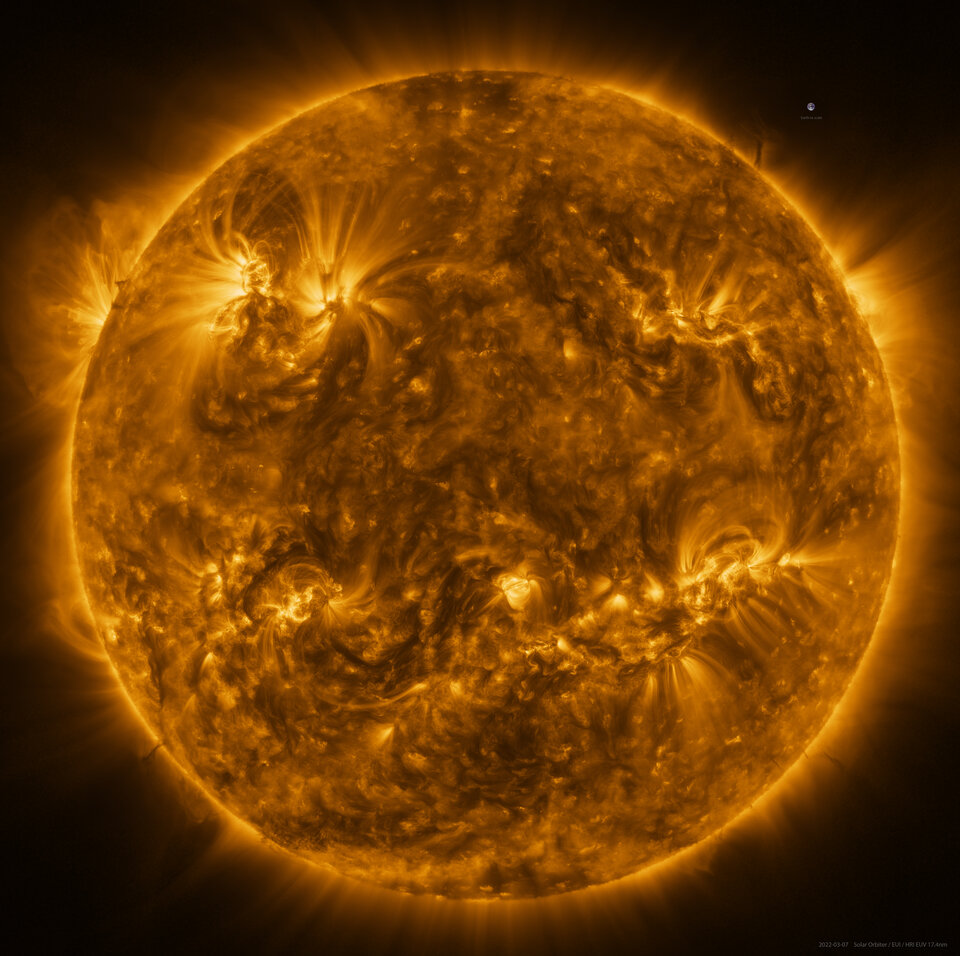
'Space weather' is entirely different to weather on Earth, but solar energetic particles (SEPs) could be seen as atomic ‘hailstones’ sped up to unimaginably fast speeds. These are particles emitted by the Sun, mostly protons but also larger particles like helium nuclei (with two protons and two neutrons) and ‘HZE ions’.
HZE ions are created when the nuclei of elements heavier than hydrogen and helium, i.e., with three protons and more, are stripped of their electrons and so are no longer neutral but electrically charged.
These particles are constantly emitted by the Sun in all directions – the solar wind – but they are frequently given an enormous shove when the Sun erupts with huge solar flares and coronal mass ejections.

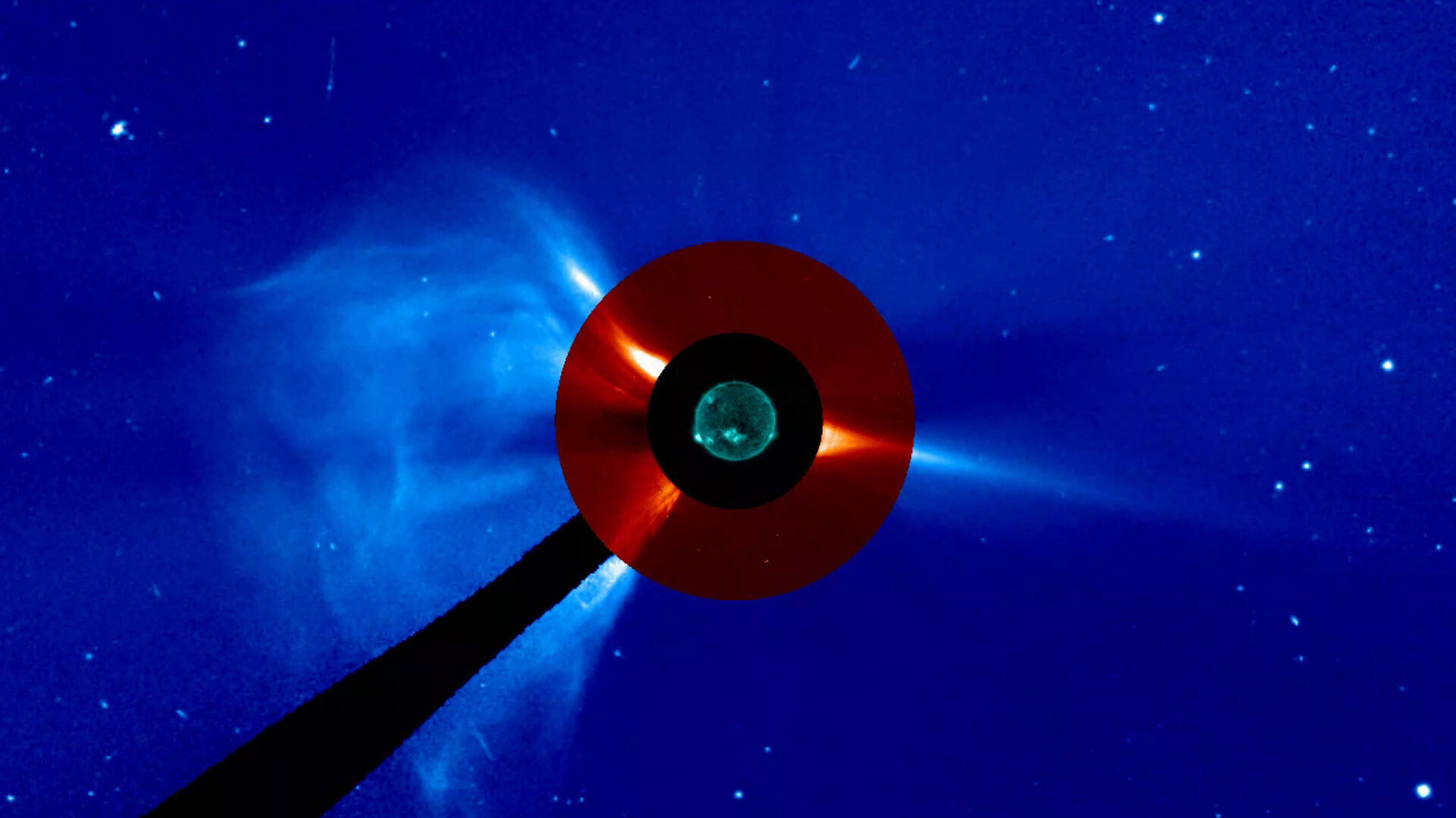
Access the video
The result is massive waves of charged particles, swept up by these eruptions and accelerated close to the speed of light. They can penetrate Earth’s magnetic field and pose a significant radiation hazard to spacecraft and astronauts.
Understanding the distribution and motion of solar energetic particles throughout the Solar System is important, but difficult, as it requires instruments spread through space to detect them and understand how they travel.
Seven missions, seven changing space environments
Data from engineering sensors on board Rosetta, ExoMars TGO, Mars Express, Venus Express, Solar Orbiter, BepiColombo and Gaia have been gathered and analysed, revealing simultaneous detections of solar energetic particle events in different locations across the Solar System. The study shows that these missions provide a good network of solar particle detections at locations where no scientific observations are available.

Access the video
Spacecraft have many housekeeping detectors in different positions that monitor their overall health and that of their payloads – scientific instruments. Error Detection and Correction (EDAC) memory counters are among them, and their role is to protect the memories in a spacecraft computer from errors caused by energetic particles striking computer chips – “bit-flips caused by single event upsets”.
Solar particle events can be inferred from a sudden increase of errors counted, in the order of tens per day, logged by EDAC counters. For example, a solar particle event on 7 March 2012 is shown in the data as one of the largest to be witnessed at Mars and Venus, ‘felt’ by Mars Express and Venus Express. Venus Express’s star trackers, which help orient the spacecraft, were even blinded for five days by the event.
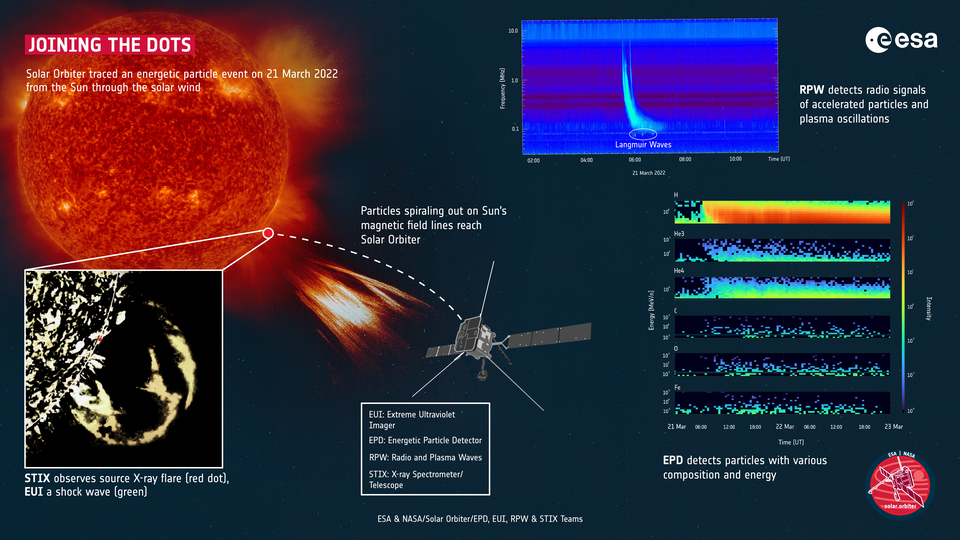
Indirect detection of these events could be very important for solar wind modellers and studies into how particles and ‘transients’ propagate through the Solar System.
The missions in the study differ hugely, with brand new spacecraft like BepiColombo versus the oldest of them still in operation, Mars Express, designed as far back as the 90s. Their positions in the Solar System, their different technologies and materials, and varying locations of their sensors provide interesting results.
Mars Express is more sensitive to solar energetic particle (SEP) events than any of the others, feeling almost every single one, with Venus Express and Rosetta not far behind. BepiColombo and Solar Orbiter have scientific instruments on board intended to study these events, and so were used as direct comparisons.

"The extreme environments that missions operate in can put huge stress on the spacecraft hardware. This can mean that even though they have been designed for these scenarios, they don't always behave exactly how we'd like, especially the older the spacecraft gets,” adds Simon Wood, Spacecraft Operations Engineer for Mars Express.
“Engineering data like this has always been vital when flying missions through deep space, but it's exciting to know decades worth of this information can also be used to build a scientific picture of the Solar System. Its why we never throw anything away - you don't know what secrets are being stored in the data beamed down from space".
How does space feel?
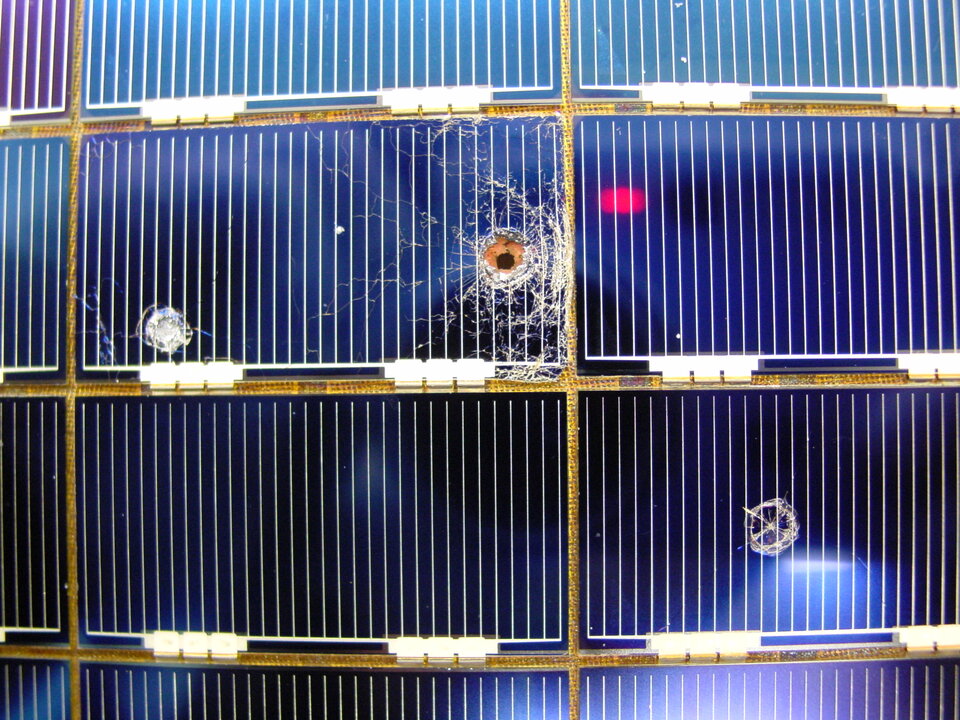
There is much to be learned from these results for both science and engineering. For science, the distribution and propagation of SEPs throughout the Solar System can be understood from locations far and wide where science instruments are not available.
For engineering, these unearthed memories should be useful to learn more about how well-protected spacecraft are from solar radiation, about how and why warnings are triggered onboard that lead to unnecessary and costly ‘Safe Modes’, and perhaps this data could even be useful for real-time warnings of solar activity.
Eventually, all this data will be made publicly available on ESA’s Planetary Science Archive, but with thousands of housekeeping parameters and many thousands of terabytes of data, it will need to be organised in a way that is accessible and makes sense to scientists who want to use it.
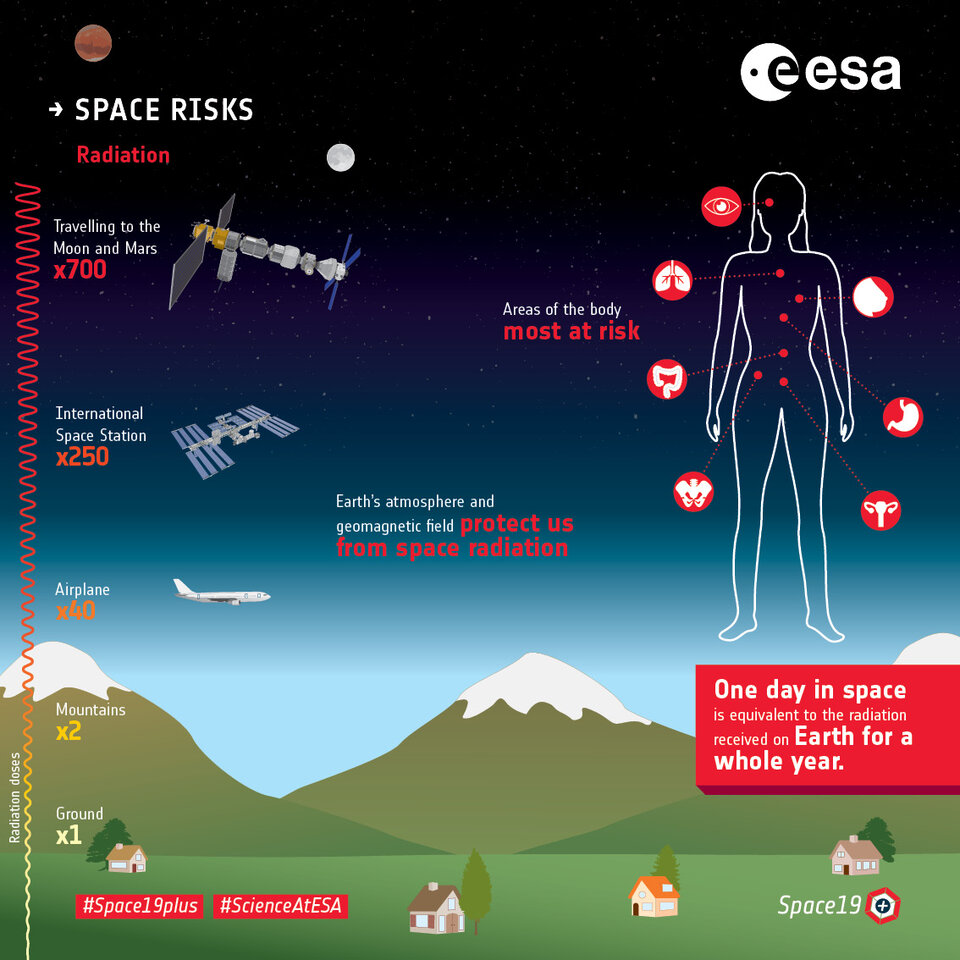
“Spacecraft are launched with instruments, payloads, and its thought ‘great – it will do science with that’, but a spacecraft is so much more,” says Beatriz Sanchez-Cano, lead author of the paper and part of the Mars Express science team at the University of Leicester.
“Memory counters reveal a lot, but so do dust impacts on solar panels that tell us about micrometeorites and space debris, huge temperature swings have their effect, too. This kind of experience had by satellites also contributes to science, and it’s all this together that really makes these missions incredible, fantastic.”
With continued care and curiosity, spacecraft can reveal a whole lot more than they were first designed to, in effect growing new instruments in space and increasing their scientific return. If we look, we find that the Solar System is leaving its fingerprint on our space explorers, and we need to understand how that feels before we can safely explore it ourselves.
Quelle: ESA
